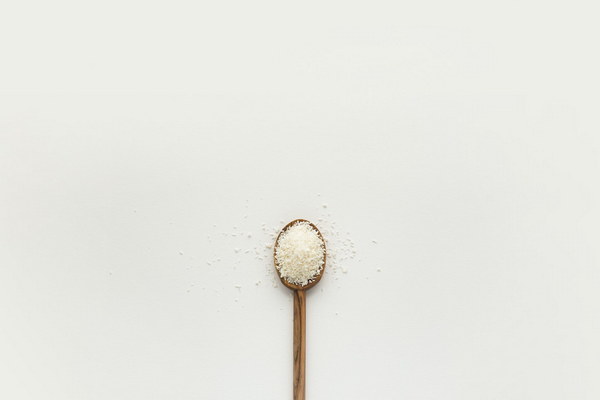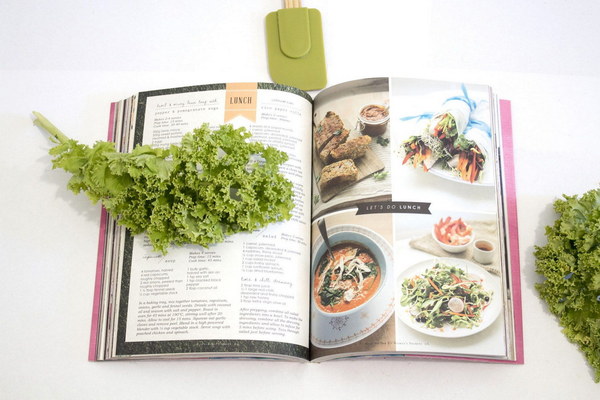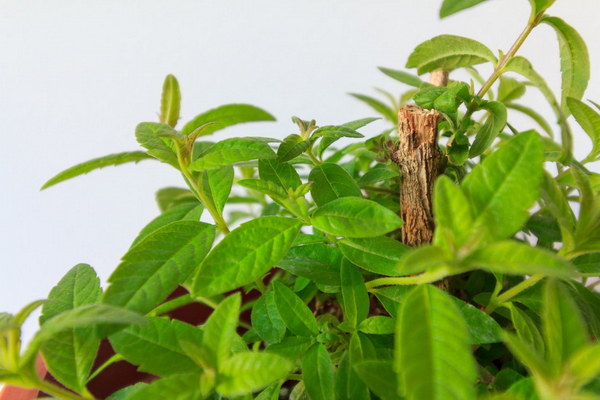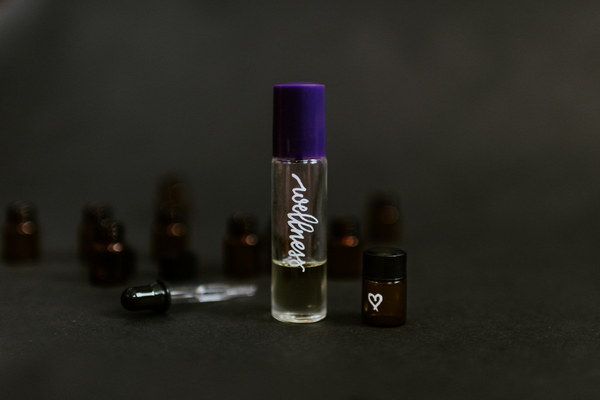Unveiling the Power of Mugwort Discover How to Detoxify and Expel Dampness with This Herb!
Introduction:
Mugwort, also known as Ai Ye, has been widely used in traditional Chinese medicine for its numerous health benefits. This herb has gained popularity for its ability to detoxify and expel dampness from the body, leading to improved overall well-being. In this article, we will explore the magic combination of mugwort with other herbs that can help you achieve a healthier and more vibrant life.
1. Introduction to Mugwort (Ai Ye)
Mugwort is a versatile herb with a rich history in Chinese medicine. It belongs to the Asteraceae family and has been used for thousands of years to treat various ailments. The scientific name of mugwort is Artemisia argyi, and it is known for its distinct aroma and distinct taste.
2. Benefits of Mugwort
Mugwort possesses several health benefits, including:
- Detoxifying the body
- Expelling dampness
- Improving digestion
- Alleviating pain
- Enhancing blood circulation

- Reducing inflammation
3. Mugwort Combination for Detoxification and Dampness Relief
While mugwort alone can provide significant benefits, combining it with other herbs can enhance its effectiveness. Here are some popular mugwort combinations for detoxification and dampness relief:
a. Mugwort with Astragalus (Huang Qi)
Astragalus is a well-known herb in traditional Chinese medicine for its immune-boosting properties. When combined with mugwort, it can help strengthen the immune system and expel dampness. This combination is especially beneficial for those with weak immunity and frequent dampness-related issues.
b. Mugwort with Chinese Peony (Shao Yao)
Chinese peony is a herb known for its ability to nourish the liver and alleviate pain. When combined with mugwort, it can help reduce dampness in the body, alleviate pain, and improve overall well-being.
c. Mugwort with Licorice (Gan Cao)
Licorice is a versatile herb that can help balance the body's Yin and Yang energies. When mixed with mugwort, it can enhance the herb's detoxifying properties and support the liver, kidneys, and lungs.
4. How to Prepare Mugwort Tea
Preparation of mugwort tea is quite simple and can be done in the following steps:
a. Gather fresh or dried mugwort leaves.
b. Add 2-3 tablespoons of mugwort leaves to a pot of boiling water.
c. Let the tea steep for about 10-15 minutes.
d. Strain the tea and add honey or lemon to taste, if desired.
5. Precautions and Side Effects
While mugwort is generally safe for most people, it is important to consider the following precautions and potential side effects:
a. Mugwort may cause allergic reactions in some individuals, so it is advisable to perform a patch test before using it externally.
b. Pregnant or breastfeeding women should consult a healthcare professional before using mugwort or any herbal remedies.
c. People with certain medical conditions, such as bleeding disorders or epilepsy, should avoid mugwort.
Conclusion:
Mugwort is a powerful herb that can help detoxify and expel dampness from the body. By combining it with other herbs like Astragalus, Chinese peony, and licorice, you can maximize its benefits and achieve a healthier life. However, it is essential to use mugwort responsibly and consult a healthcare professional if you have any concerns or pre-existing conditions. Embrace the magic of mugwort and enjoy the journey to wellness!









